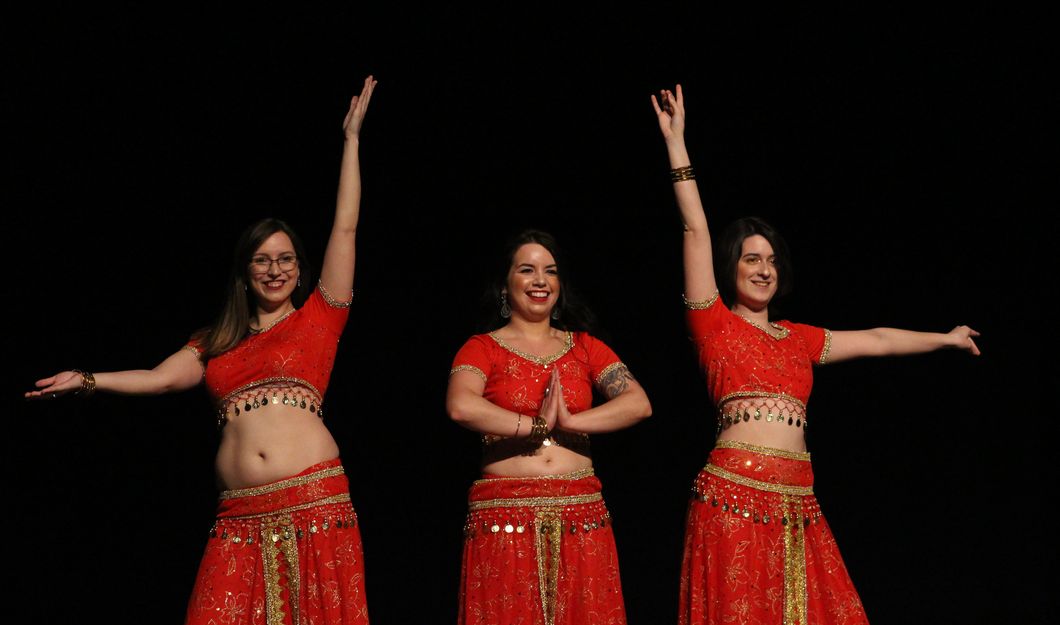What we know as belly dancing here in America started in the middle east as a way for mothers to teach their daughters how to isolate certain muscles that they would use in childbirth, thus making the process an easier one when it was their time to go through it.
This cultural dance began with mothers teaching daughters behind closed doors where men weren't allowed to watch. It's possible that this fact helped cause some of the negative stigmas behind it by people who do not know its true origin.
Long story short (because I'm not looking to place false facts in this article), belly dancing moved over to America after a while and it wasn't necessarily accepted at first. Today, there is a multitude of belly dancing styles, including belly dance fusion which combines more traditional dancing with modern takes on it by blending multiple cultures or dancing styles.
You're probably wondering why a white girl such as myself is trying to educate you on something that clearly isn't a part of my own culture. Well, for those of you who don't know (or who couldn't recognize me from the cover photo), I belly dance at my university as part of an extracurricular club.
This club is easily one that I am most passionate about. I joined the club in my first semester as a freshman and have stuck with it for the past six semesters, and plan to stick with it for my last two. I came into the club with little previous dance experience and no previous belly dance experience, much like almost everyone else I've seen come and go.
I've heard of professors at my school who said they wouldn't go to our shows because it "made him uncomfortable." Why? Because our stomachs are out and we're moving our hips? That doesn't make our dancing inherently sexual.
We have a rule within our club that if any of us go out to parties, we cannot use belly dancing moves to try to woo guys or girls. Because guess what? That's not the point of belly dancing.

















